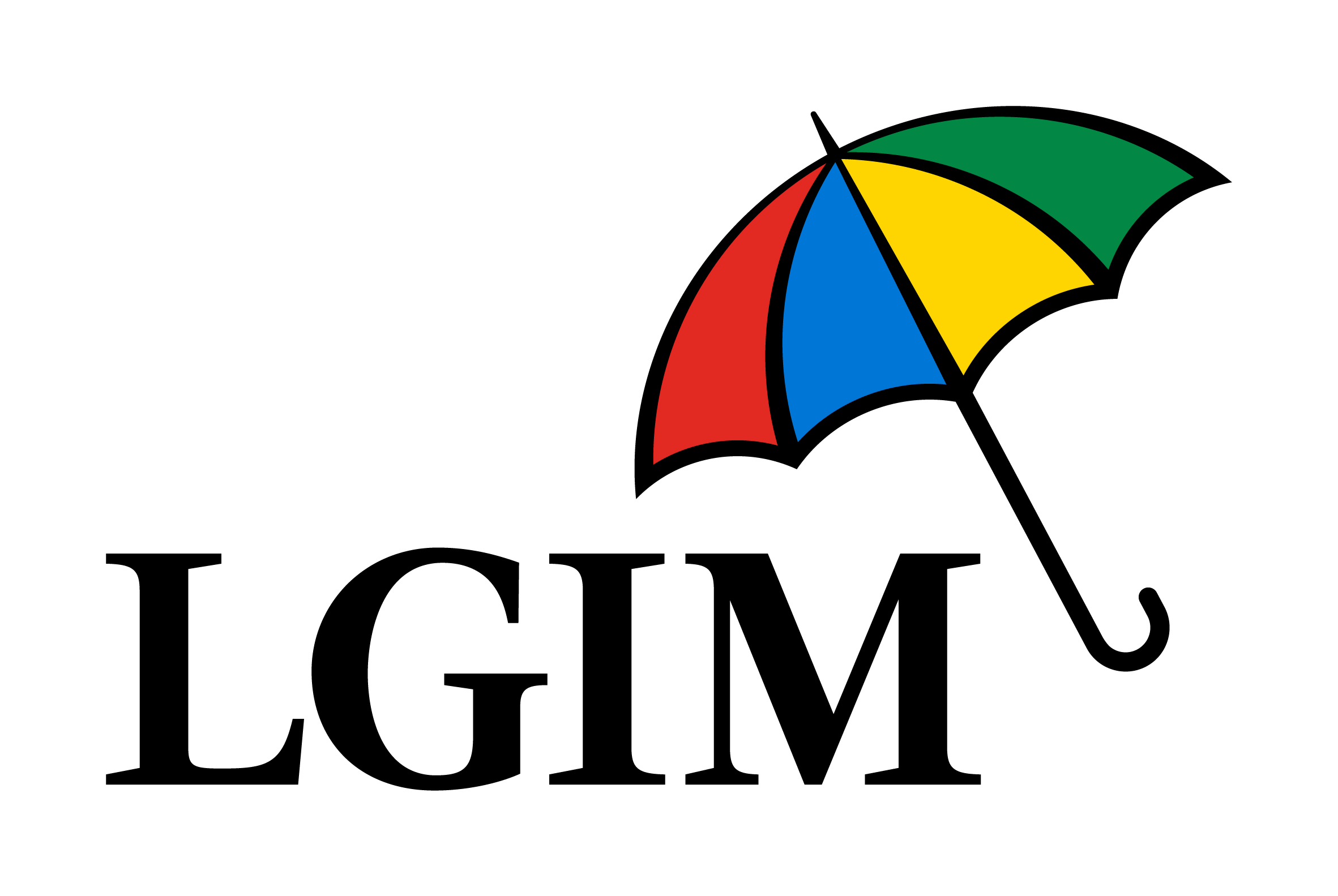Only two ETFs in Europe offer exposure to the $2trn bond market of the world's fifth-largest economy, however, dissipating barriers to foreign investment could offer a generational opportunity.
While India is known for its explosive rise – averaging 5.5% GDP growth per year over the past decade, according to Morgan Stanley – it also has the unfortunate reputation of being a difficult place to do business. With complex and myriad regulation considered a prohibiting factor, India was ranked 142 out of 190 countries in the World Bank’s Ease of Doing Business report in 2015.
However, by 2020 it had jumped to 63rd, with further changes since. Three years ago, businesses had to navigate over 69,000 regulatory compliances. By 2022, 33,000 of these had simplified or decriminalised, according to The New Indian Express.
This shift towards liberalisation has also benefitted investors, with the Reserve Bank of India introducing the Fully Accessible Route (FAR) scheme in March 2020, allowing foreign investors to access Indian sovereign debt without restrictions for the first time.
Before this, ETFs had launched to target the Indian local currency government bonds via indirect exposure, such as the LAM Sun Zyfin Global India Sovereign Enterprise Bond UCITS ETF which launched in 2016 but failed to gain traction and closed a year later.
Following the introduction of FAR, Legal & General Investment Management (LGIM) were the first to offer physical exposure to the market with the launch of the L&G India INR Government Bond UCITS ETF (TIGR) in October 2021.
DWS followed 11 months later with the Xtrackers India Government Bond UCITS ETF (XIGB). Both ETFs track the JP Morgan India Government Fully Accessible Route (FAR) Bonds index, which Raymond Backreedy, CIO of Sparrows Capital, described as offering a “barbelled” exposure to sovereign debt with under 10 years or more than 25 years to maturity.
So far, the two strategies have amassed combined assets of $423m, however, this may be modest if investment banks are right about the size of opportunity the market represents.
India bond ETF opportunities
India bond ETFs have a few distinct selling points, including their yield, which has floated between 6-7% in recent years. While this is roughly in line with many broader emerging market debt funds, rupee denominated sovereigns tend to have low correlation with emerging and developed market debt, providing a diversification benefit.
Andrew Limberis, investment manager at Omba Advisory and Investments, previously toldETF Stream: “The key risk lies in the Indian rupee and here, investors need to make an important call on the Federal Reserve, interest rates and inflation.”
Another consideration for investors looking at India has been how to access and trade fixed-income instruments, with the government ruling in 2021 that bond trades would be settled in the country to avoid potential capital gains impacts for domestic investors.
While this may not be a major hurdle, as the same policy exists in China and Indonesia, what ETFs offer is a vehicle to access a highly regulated market without having to factor in local currency, tax or brokerage considerations.
“If you were going to go and get the custody accounts set up to access Indian bonds, it is a bit of an operational nightmare,” Aanand Venkatramanan, head of ETFs, EMEA, at LGIM, told ETF Stream. “An ETF allows people allows people to avoid that and buy a basket of bonds like a single security.”
However, the core use case for India bond ETFs is as a vehicle to front-run the inclusion of the country’s debt in popular bond indices, chief among these being JP Morgan’s government bond index emerging markets (GBI-EM) and global aggregate benchmarks.
Last summer, the bank started talks with fund managers representing 85% of the – at the time – $240bn tracking its emerging market bond benchmark on whether to add rupee denominated debt to its index.
“We wanted to provide an ETF as a way for people to get in early on this opportunity,” Venkatramanan continued. “[Goldman Sachs] estimated that about $30bn would move from global bond to Indian government bond indices and that could have tens of basis points of impact on yield.”
As JP Morgan’s consultation began, there was $270bn of FAR bond issuance eligible for inclusion. In 2021, FTSE Russell placed Indian government bonds on its watchlist for inclusion.
Lee Collins, head of index fixed income at LGIM, said the inclusion of Indian debt in benchmarks such as JP Morgan’s emerging market debt index could be as significant as China’s inclusion in the index in 2020.
He added: “With Indian government bonds currently not being included in any of the major global fixed income indices, inclusion in indices such as JP Morgan’s, Bloomberg’s Global Aggregate and the FTSE WGBI index would significantly widen the pool of foreign investors into this market. Inclusion in Bloomberg’s global aggregate index has been estimated to potentially lead to $10bn of inflows, for example.”
Risks remain
While an attractive growth thesis exists, there are a number of warning signs to consider in the rapidly growing economy and its relatively immature debt market.
Last October, DWS found the Indian government’s indebtedness doubled between 2010 and 2020. While this seems modest versus the fourfold growth in China’s indebtedness, it means India’s debt to GDP ratio stood at an elevated 83% for the last fiscal year.
Thankfully, this is “largely domestically funded” by the central or local banks, therefore reducing risk in a stress situation, DWS said.
Outside of sovereign debt, headlines such as Morgan Stanley predicting the Indian stock market could be the world’s third largest by 2030 could pique interest in Indian corporate bonds.
On this, LGIM’s Venkatramanan said foreign investors can access corporate debt but with restrictions and some risk.
“The corporate bond space might be a bit too restrictive for an ETF right now but not something that we would rule out,” he said. “Stories like the Adani Group will keep coming – we had the shadow bank ILFS that defaulted in India two years ago. So, you could see more of these but there is still a good number of credit exposures that are investable.
“There was no sign that the Indian government is looking to provide more access to credit markets in its recent budget.”
A number of unknowns mean risks but potential opportunities remain. A multi-trillion-dollar bond opening to international markets will certainly be one to watch.
This article was first published inFixed Income Unlocked: After The Storm, an ETF Stream report








